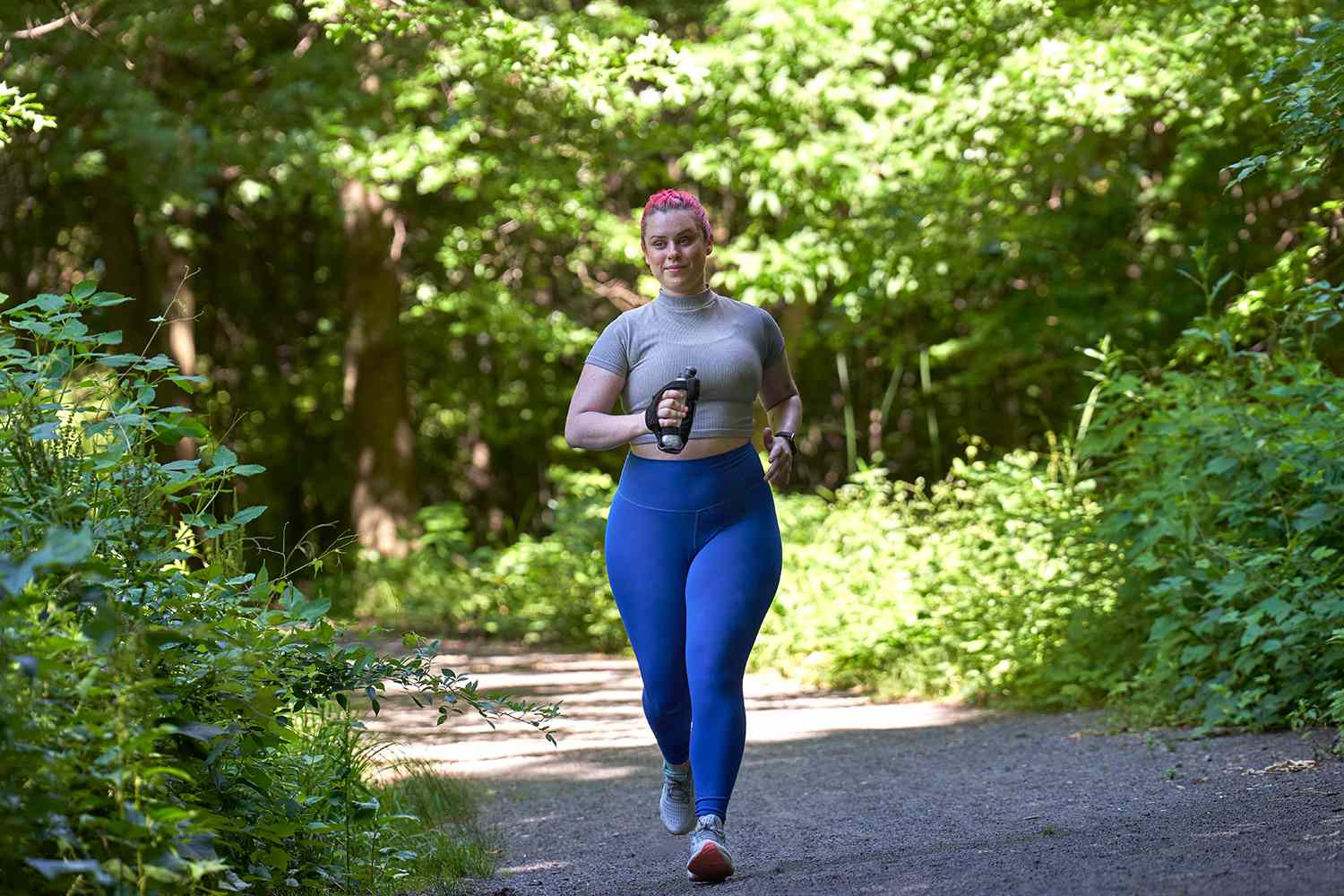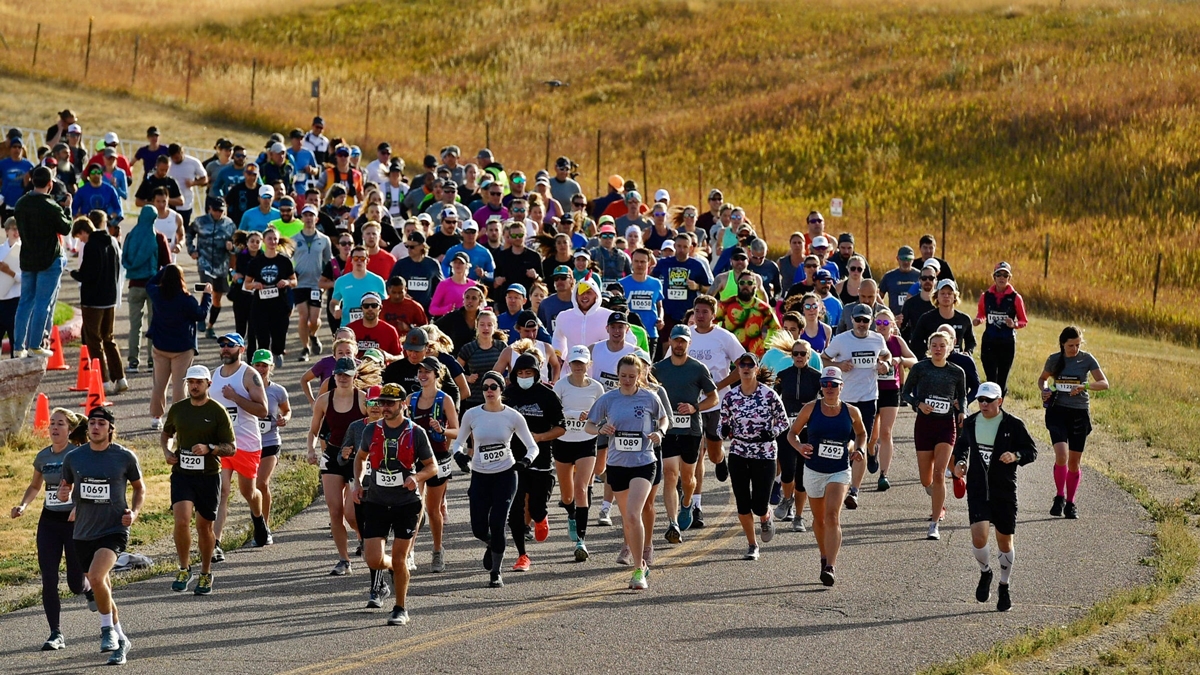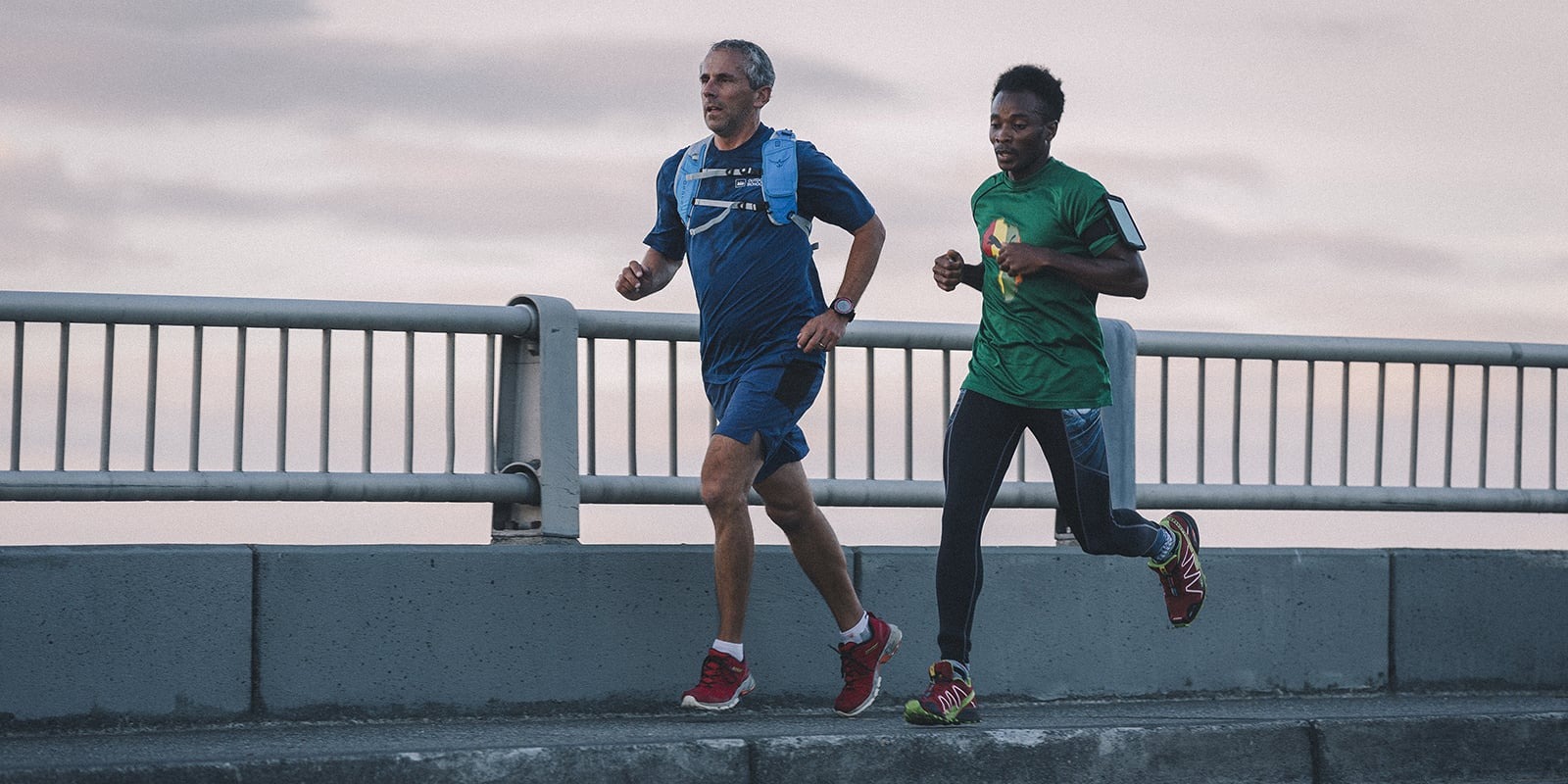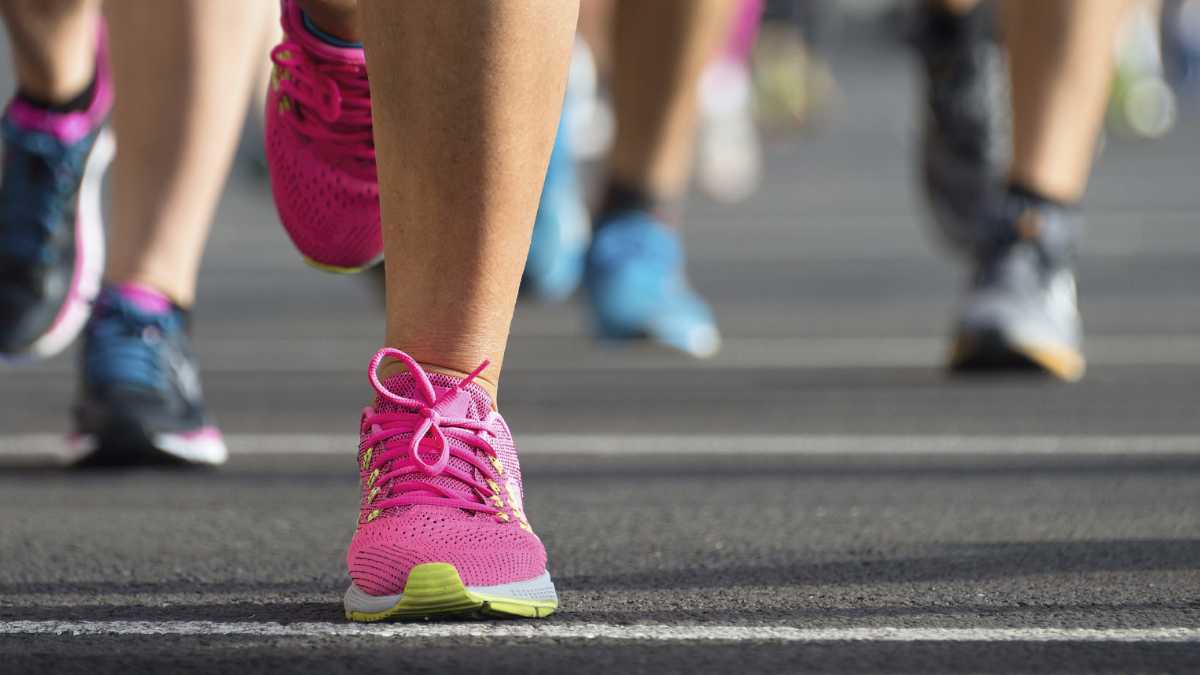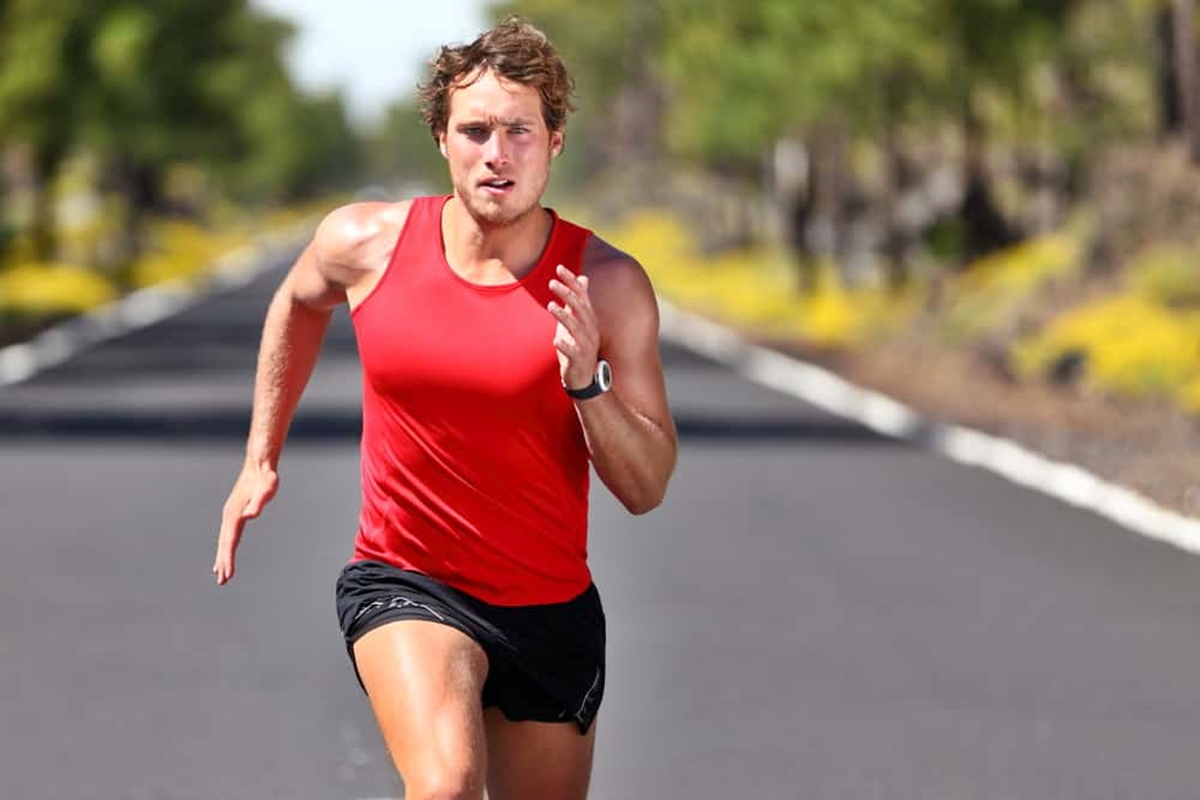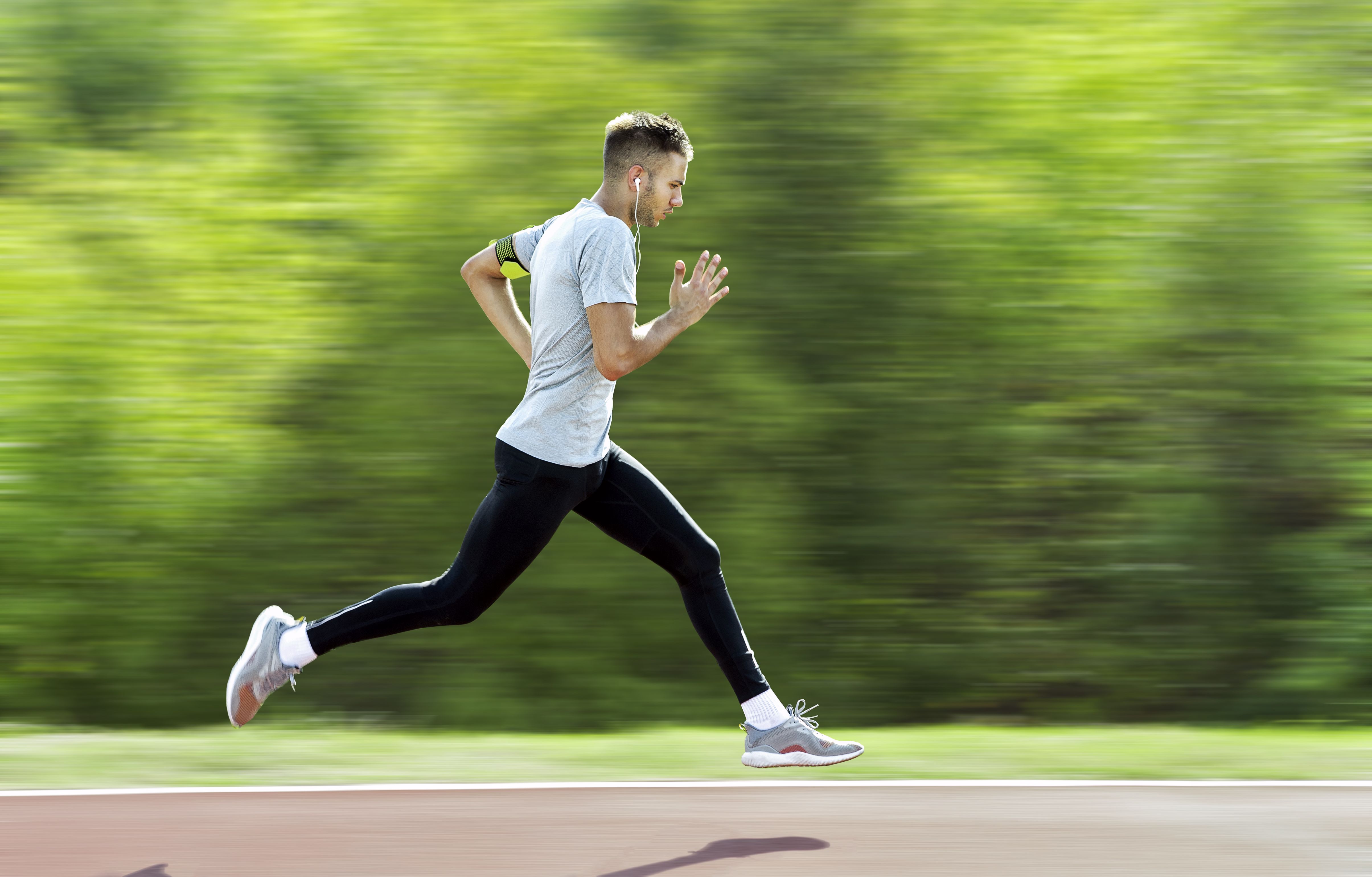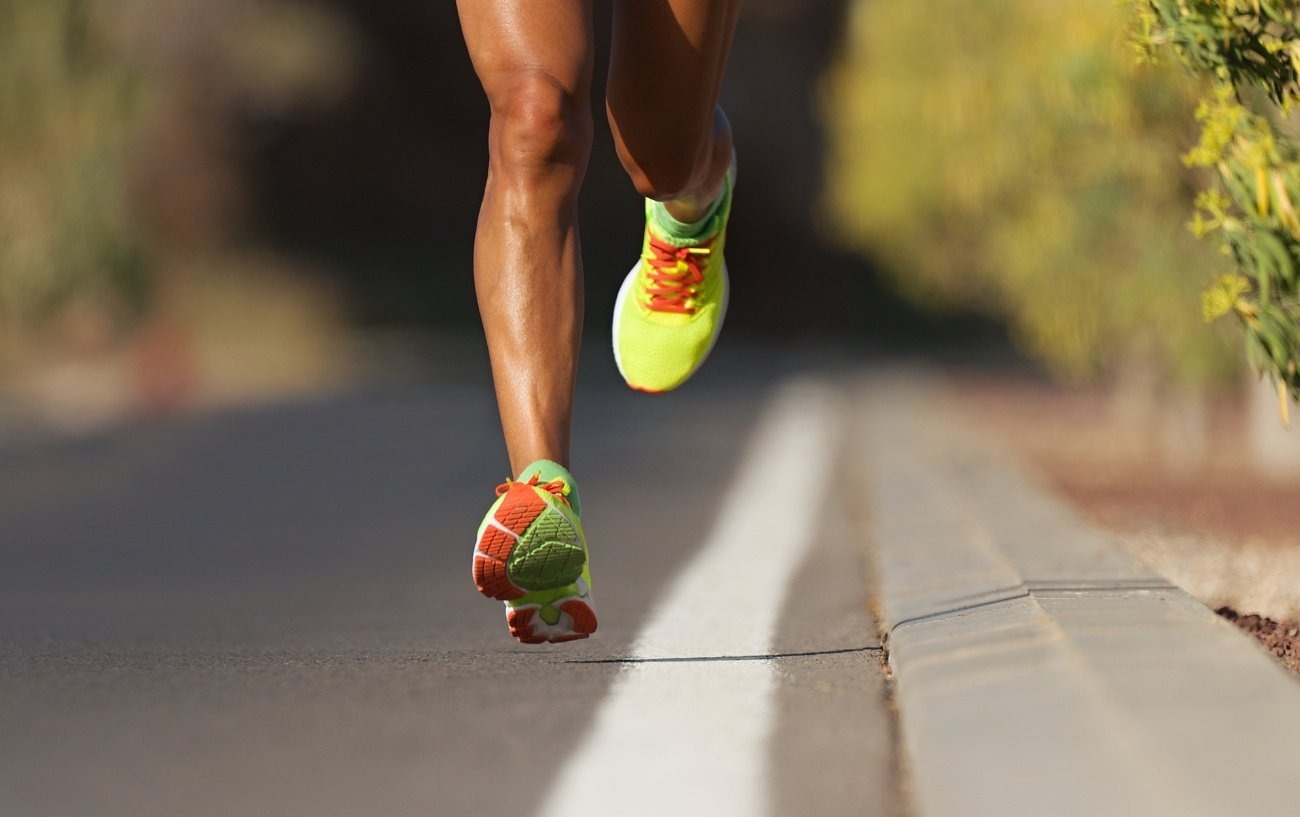Home>Misc>Featured>How Many Energy Gels To Use For Half Marathon
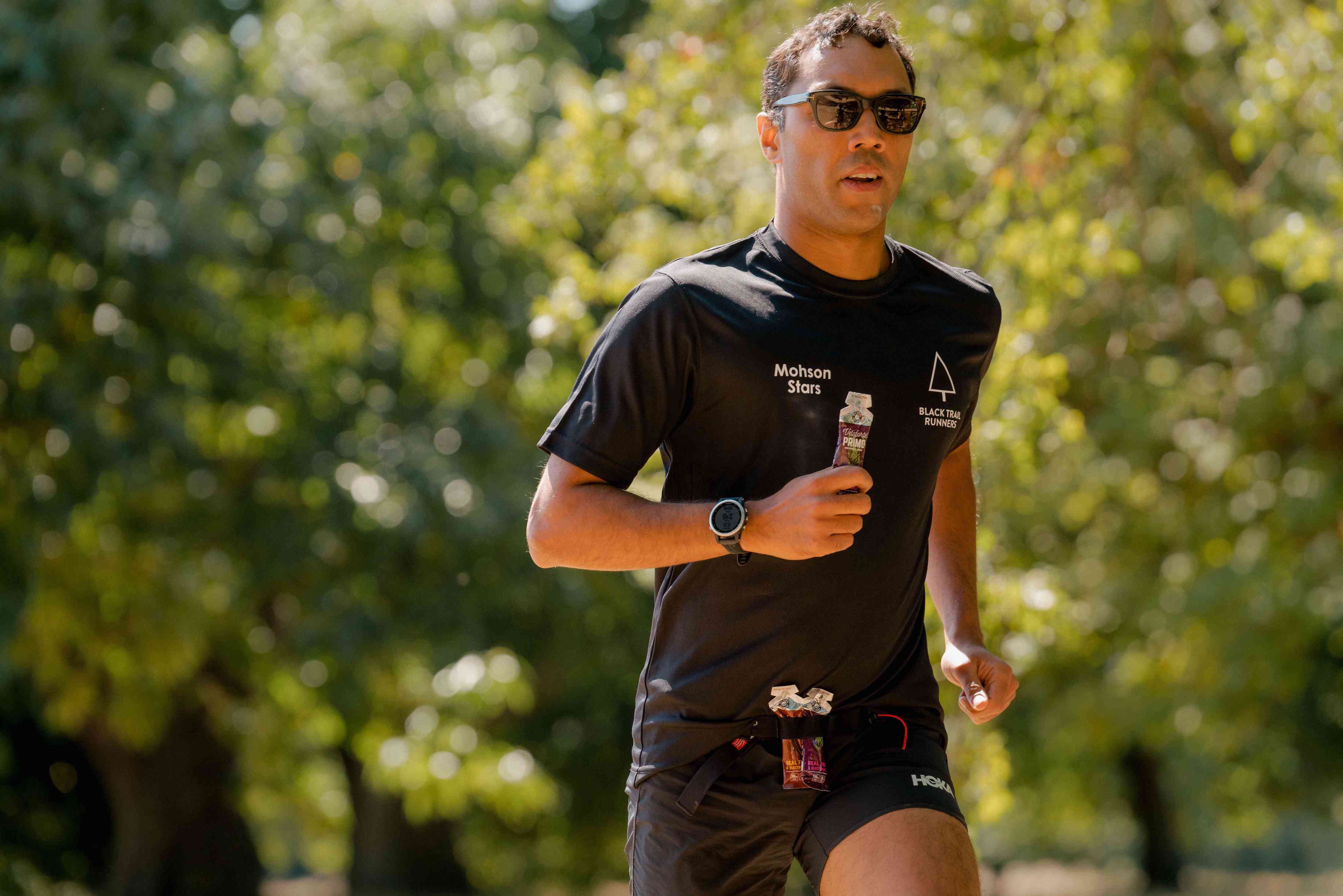

Featured
How Many Energy Gels To Use For Half Marathon
Modified: October 24, 2023
Discover how many energy gels you should consume during a half marathon. Follow our featured guide to optimize your performance and avoid hitting the wall.
Introduction
When it comes to running a half marathon, proper fueling is essential for optimal performance and endurance. One popular method of fueling during a race is the use of energy gels. These small, easily digestible packets of concentrated carbohydrates provide a quick source of energy to help runners sustain their pace and finish strong.
Understanding how many energy gels to consume during a half marathon is crucial, as it can significantly impact your performance and prevent the dreaded “bonk” or hitting the wall. However, determining the appropriate number of gels to take can be a bit of a challenge, as it varies depending on several factors unique to each individual.
In this article, we will delve into the factors to consider when determining the right amount of energy gels for a half marathon, provide general recommendations, and offer some helpful tips for consuming gels during the race.
Before we dive into the specifics, it’s important to note that fueling for a half marathon should not be limited to just energy gels. A well-rounded approach to nutrition, including pre-race meals, hydration, and possibly other sources of fuel such as sports drinks or bars, is recommended. Energy gels should be seen as a supplement to your overall fueling strategy rather than the sole source of energy.
Now, let’s explore the factors that come into play when determining how many energy gels to consume during a half marathon.
Understanding Energy Gels
Energy gels are specifically designed to provide easily digestible carbohydrates in a concentrated form. They are typically packaged in small, portable sachets that can be easily carried during a race. These gels are formulated to deliver a quick source of energy, helping to replenish the body’s glycogen stores and delay fatigue.
The primary ingredient in energy gels is carbohydrates, usually in the form of maltodextrin or a combination of glucose and fructose. These carbohydrates are rapidly absorbed into the bloodstream, providing a readily available source of fuel for the muscles.
In addition to carbohydrates, most energy gels also contain electrolytes such as sodium and potassium, which help replace the minerals lost through sweat and maintain proper hydration levels. Some gels may also contain caffeine, which can provide an extra boost of energy and increase alertness.
Energy gels offer several benefits for endurance athletes during a half marathon:
- Convenience: Energy gels are lightweight, compact, and easy to carry, making them a convenient fueling option during a race.
- Rapid absorption: The liquid-like consistency of energy gels allows for quick digestion and absorption, providing a rapid source of energy to the muscles.
- Precise dosing: Energy gels are typically pre-portioned in specific quantities, allowing runners to easily control their carbohydrate intake.
- Variety of flavors: Energy gels come in a variety of flavors to suit different tastes and preferences, making them a more enjoyable fueling option.
It’s important to remember that energy gels should be consumed with water to aid in digestion and prevent any potential gastrointestinal issues. Each gel packet typically requires around 250-300ml of water for optimal absorption.
Now that we have a better understanding of energy gels, let’s explore the factors to consider when determining the right amount to consume during a half marathon.
Factors to Consider
When determining how many energy gels to consume during a half marathon, there are several factors that need to be taken into account. These factors can vary from person to person and can greatly impact the individual’s energy needs and gel consumption. Here are some key factors to consider:
Distance and Duration: The length of the half marathon course and the estimated duration of your run play a significant role in determining your gel consumption. Longer distances and slower paces may require more energy gels to sustain your energy levels throughout the race. Body Size and Metabolism: Your body size and metabolic rate can influence how efficiently your body processes and utilizes carbohydrates. Individuals with larger body sizes or faster metabolisms may require more energy gels to meet their energy demands. Intensity and Effort: The intensity at which you run and the level of effort you exert can affect the amount of energy you need. Higher-intensity runs and greater effort levels may necessitate consuming more energy gels to sustain your performance. Training and Experience: Your training background and experience in long-distance running can impact your gel consumption. Runners who have trained extensively over long distances may have a better understanding of their fueling needs and may require less gels than novice runners. Individual Tolerance and Preference: Each individual has a unique tolerance for consuming energy gels during a race. Some may find that they perform well with fewer gels, while others may need a higher gel intake. Experimentation during training runs can help determine your personal tolerance and preference. It’s important to note that these factors are not exhaustive, and individual needs may vary. It’s essential to listen to your body, adjust your gel consumption accordingly, and consult with a sports nutritionist or healthcare professional for personalized recommendations. Next, we will explore the recommended energy gel consumption guidelines for a half marathon to help you fuel effectively during your race.
Recommended Energy Gel Consumption
When it comes to energy gel consumption during a half marathon, there is no one-size-fits-all approach. However, there are some general guidelines that can help provide a starting point for determining how many gels to consume. Keep in mind that these recommendations may need to be adjusted based on individual factors and preferences.
For most runners, a good starting point is to consume one energy gel every 45 minutes to an hour of running. This timing allows for a steady supply of carbohydrates to support prolonged endurance efforts without overwhelming the digestive system. However, some runners may find that they perform better with more frequent gel consumption, such as one gel every 30 minutes, while others may require less frequent intake.
On average, each energy gel provides approximately 100-120 calories and 20-30 grams of carbohydrates. By consuming one gel every 45 minutes to an hour, you can aim for a total carbohydrate intake of around 30-60 grams per hour, depending on your energy needs and tolerance.
It’s essential to pay attention to your body’s response and adjust your gel consumption accordingly. If you start to feel fatigued or experience a drop in energy levels, it may be an indication that you need to consume another gel sooner or increase your overall gel intake.
Remember to hydrate properly when consuming energy gels. Drinking water along with the gel helps with digestion and aids in the absorption of carbohydrates. Aim to consume around 250-300ml of water with each gel to ensure optimal absorption.
During your training runs leading up to the half marathon, practice using energy gels and experiment with different timings and quantities to find what works best for you. This will help you fine-tune your gel consumption strategy and ensure that you are fueling effectively during the race.
Now that we have discussed the recommended gel consumption guidelines, let’s explore some individual considerations that can further impact your gel strategy for a half marathon.
Individual Considerations
When it comes to gel consumption during a half marathon, individual factors play a crucial role in determining the optimal approach. Taking into account these individual considerations can help you personalize your gel strategy and maximize your performance on race day.
1. Training Adaptation: Every individual adapts differently to training and can improve their ability to efficiently use carbohydrates as fuel. If you have been following a high-carbohydrate training diet and have trained your body to use carbohydrates effectively, you may find that you need fewer gels during the race.
2. Gastrointestinal Sensitivity: Some individuals may have a higher sensitivity to concentrated forms of carbohydrate intake, such as energy gels. If you tend to experience gastrointestinal distress or discomfort when consuming gels, it may be necessary to reduce the frequency or quantity of gels consumed during the race.
3. Personal Preference: Each runner has their own preferences when it comes to fueling during a race. Experimenting with different gel brands, flavors, and consistency during training runs can help you find the products that work best for you and are enjoyable to consume on race day.
4. Previous Race Experience: Reflecting on your past race experiences can provide valuable insights. Take note of how many gels you consumed in previous half marathons or long training runs and assess whether that was sufficient or if adjustments are needed.
5. Estimated Pace and Intensity: If you plan to run the half marathon at a faster pace or with high-intensity intervals, you may require more energy gels to support the increased energy demands.
Remember, it’s essential to listen to your body and make adjustments accordingly. Pay attention to how you feel during training and adjust your gel strategy based on any signs of fatigue, energy depletion, or gastrointestinal distress.
By considering these individual factors, you can tailor your gel consumption to meet your body’s specific needs and preferences during the half marathon.
Now that we have explored individual considerations, let’s move on to some tips for effectively consuming gels during a half marathon.
Tips for Gel Consumption during a Half Marathon
Proper gel consumption during a half marathon is not just about the quantity but also about the timing, technique, and overall strategy. Here are some tips to help you effectively consume gels during the race:
1. Practice in Training: Use your long training runs to practice gel consumption. Experiment with different brand and flavor options, and find the timing and quantity that works best for you.
2. Follow a Schedule: Plan out a gel consumption schedule based on your estimated race pace and the recommended guidelines. Set specific time intervals or distance markers to take the gels to ensure consistency and avoid forgetting to fuel.
3. Know the Course: Familiarize yourself with the race course and identify aid stations where you can refill your water and grab additional gels if needed. This knowledge will help you plan your gel consumption strategically.
4. Carry Extra Gels: It’s always a good idea to carry an extra gel or two in case of emergencies or if you feel the need for extra energy during the race. This can serve as a backup plan if aid stations do not have your preferred brand or if you want to supplement with additional gel intake.
5. Open Gels in Advance: Before the race, open the gels partially to make them easier to consume while running. This will save you time and effort during the race, making it more convenient to consume the gels when needed.
6. Combine with Water: As mentioned earlier, consuming gels with an adequate amount of water ensures proper digestion and absorption. Take advantage of aid stations to grab a cup of water and drink it alongside the gel for optimal results.
7. Listen to Your Body: Pay attention to how your body responds to the energy gels during the race. If you feel that you need an extra gel or if you’re experiencing any gastrointestinal discomfort, adjust your gel consumption accordingly.
8. Stay Hydrated: Hydration is key during a half marathon. Make sure you stay hydrated by drinking water or sports drinks at regular intervals, in addition to consuming gels. Proper hydration is crucial for the effective utilization of carbohydrates from the gels.
Remember, these tips are meant to serve as general guidelines, and you should adjust them based on your individual needs and preferences. Practice and experimentation during training runs will help you fine-tune your gel consumption strategy for the half marathon.
Now that we’ve covered these tips, let’s wrap up our discussion.
Conclusion
Proper fueling with energy gels is essential for a successful half marathon. Understanding your individual needs, considering factors such as distance, body size, and intensity, and following recommended guidelines can help you determine the ideal number of gels to consume during the race.
Remember that energy gels should be a supplement to an overall fueling strategy. Pre-race meals, hydration, and possibly other sources of fuel should also be considered in your race-day nutrition plan.
Practice during training runs to find the gel consumption strategy that works best for you. Experiment with different brands, flavors, and timing to optimize your energy levels and minimize any gastrointestinal discomfort.
Listen to your body and make adjustments accordingly. Every runner is unique, and what works for one person may not work for another. Pay attention to your energy levels, fatigue, and any signs of gastrointestinal distress to fine-tune your gel consumption during the race.
Lastly, enjoy the journey and celebrate your hard work and dedication. Crossing the finish line of a half marathon is a significant accomplishment, and fueling yourself properly with energy gels will assist you in reaching your goals.
So, lace up your shoes, grab your energy gels, and embark on an incredible half marathon experience with the knowledge and confidence to fuel your way to the finish line!
